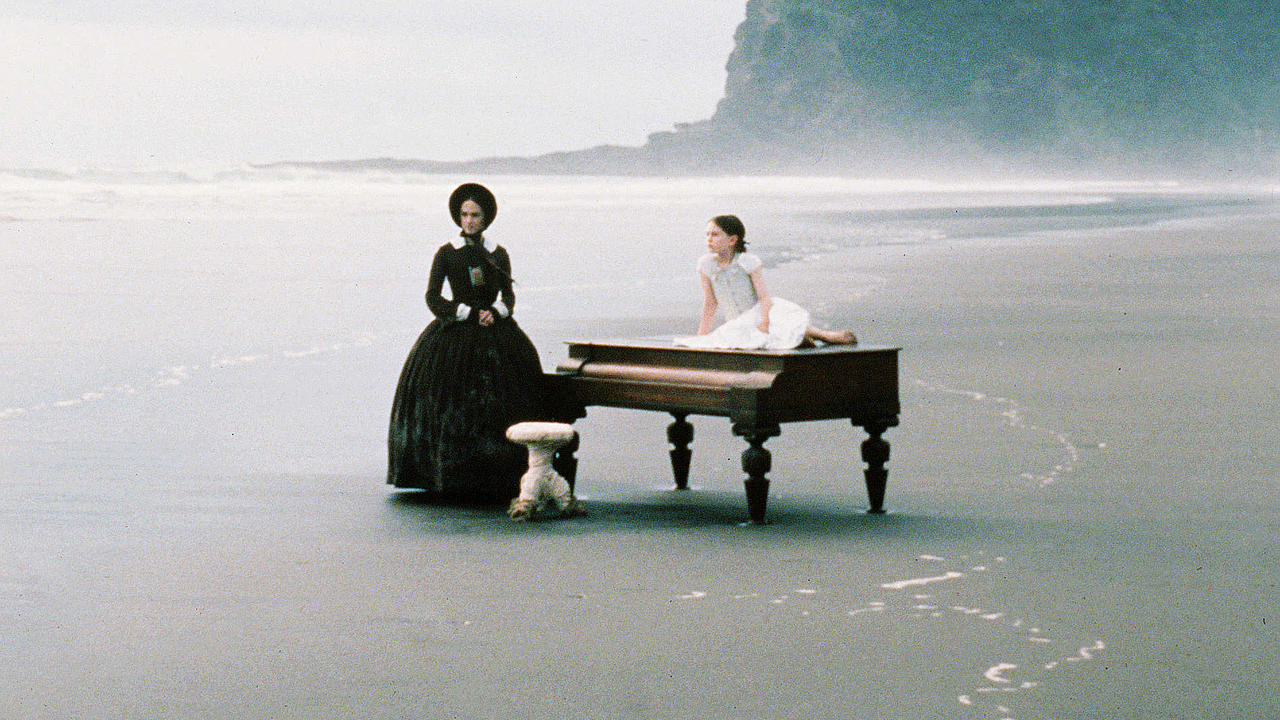
What does it mean to utilize a filmmaker’s style as an adjective to explain another filmmaker’s work? The comparison can give a sense of admiration toward the referee filmmaker. It’s an admiration that is not necessarily felt and consciously applied by the mentioned authors in this list; it is merely a similarity that a spectator may find in confronting the work of both filmmakers.
Being Antonionian in this text refers to the structural and narrative elements in one specific film that recalls the already known cinematic style of a specific filmmaker; in this case, Michelangelo Antonioni (1912-2007). Obviously finding the same similarities depends on the reader’s information regarding Antonioni’s cinema.
Antonioni’s style in filmmaking is recognizable through specific narrative and technical elements. The importance of ambience as a narrative element, and the emphasis of the dominant presence of urban architecture, is one the most notable visual specifications in Antonioni’s films.
Thus, the films listed below have all the same approach; they all use the selected ambient in correspondence with the narrative’s main concept. Inevitably, the mentioned films have structural and narrative elements in common.
In fact, referring to Antonioni’s cinema is a mode to put all these films together; it is a fair reason to compare these cinematic works, regardless of their year and country of production. “Jeanne Dielman, 23 Quai du Commerce, 1080 Bruxelles” (Chantal Akerman), which is the only film on the list that was not recently been produced, is almost from the same period of Antonioni’s works, but the technical similarities and the undeniable importance of architecture in the cinematic narration has still made its inclusion inescapable.
As always, if you think you can add to this list, don’t hesitate to recommend additions.
1. The Return (2003, Andrey Zvyagintsev)
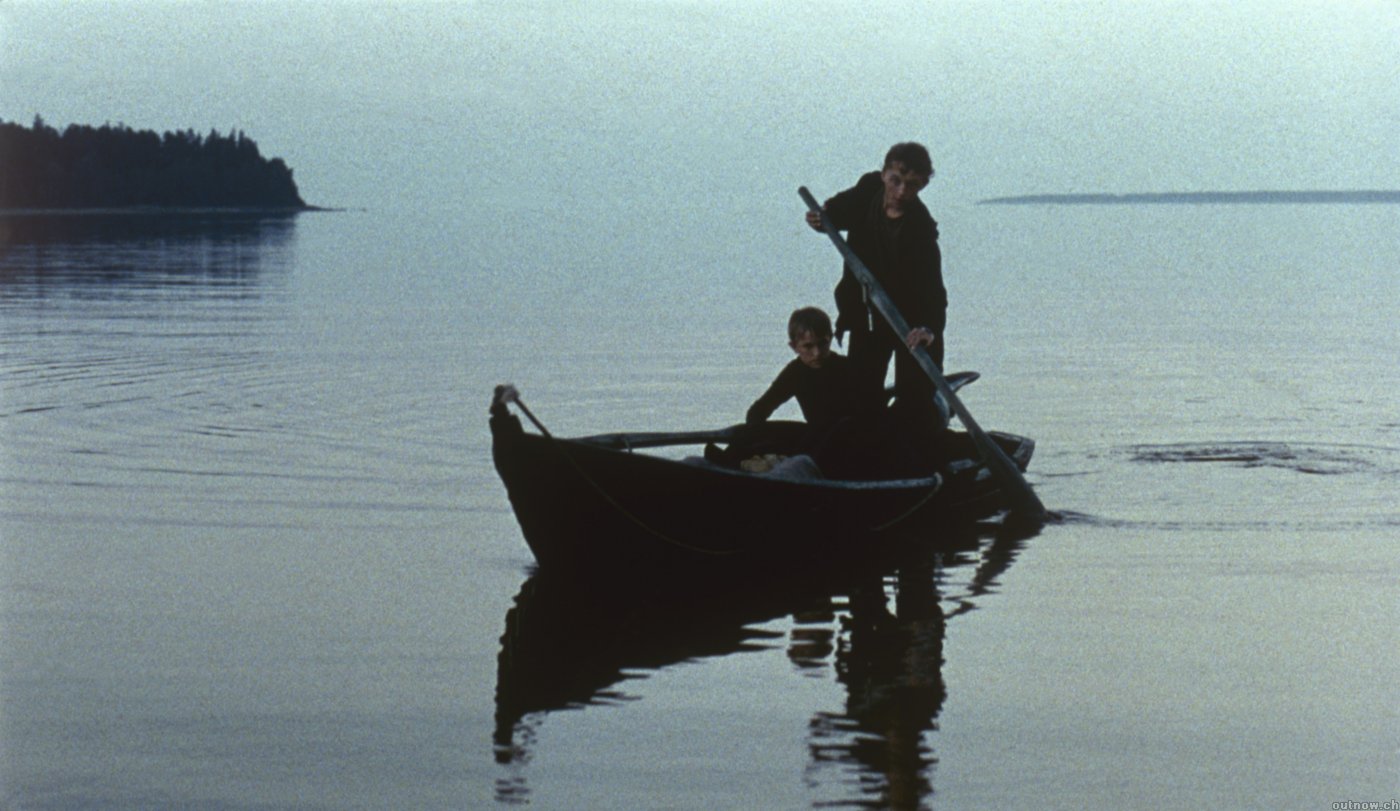
What puts this film on the list is the fact that Zvyagintsev has used narrative locations quite similarly as Antonioni would have done. The locations in “The Return” are generally external ones; the internal locations in the film are mainly isolated and abandoned architectures, and even their house, which is one of the rarest internal locations included in the film, seems to be an abandoned and half-destroyed structure. When Ivan runs to the attic to check the face of his father in their only family photo, the entire structure of the attic seems to be either still in construction or already destroyed.
What they call “House” apparently is not finished nor is it fully constructed. What precisely mirrors back is their actual state of their family; it’s not stable and the lacking elements are as fundamental as the “missing father”, who appears all of a sudden as Jesus of Mantegna.
The father, after 12 years of an unexplainable absence, turns back and starts playing the role of the perfect father. The younger son, Ivan, until the very final sequences of the film, doesn’t accept him as his father and refuses to call him “Dad”, while Andrei, the older brother, accepts him without question.
Ivan is a pessimist who suffers from acrophobia (fear of height) while Andrei tries with all his might to adapt himself to the expected image of a young man; he pretends to be a good son, courageous and grown up, while he too is scared just as Ivan. These two are so different from one another that if it were not for the previous dialogues that practically reveal their relationship, the spectator could have been shocked by watching them running into the same house.
The newfound father, at the very beginning of their acquaintance, takes the boys on a trip, trying to teach them how to defend themselves and survive in the cruel world outside. It’s as if he is giving them a series of compressed lessons that a father ought to teach during a lifetime. They remain out in the open space and in the car, driving through the surrounding ambience for the rest of the story.
The dominant blue colored and extremely desaturated image of the open space is notable, and this is the very point that reveals the similarity with the narrative style of Antonioni; the dominant presence of the surrounding ambience. It is quite tricky finding the main antagonist in Zvyagintsev’s story; is it the father or is it actually “the world outside”?
The concept of “open space” in Zvyagintsev’s film is equally powerful as the role of surrounding ambience in “L’avventura” (1960). The fact that the final and most decisive location of Zvyagintsev’s film is the island refers us to the same repetitive concept in Antonioni’s films: isolation.
Nonetheless, Zvyagintsev’s more subjective approach and his clear interest and tribute to Tarkovsky is undeniable; the initial image of the mother smoking before the fence, with her back toward the camera, clearly recalls “The Mirror” (1975).
Zvyagintsev’s clear interest in picturing insecure internal locations and invading outer spaces is something that gets repeated in “Leviathan” (2014).
2. About Elly (2010) and A Separation (2011) – Asghar Farhadi
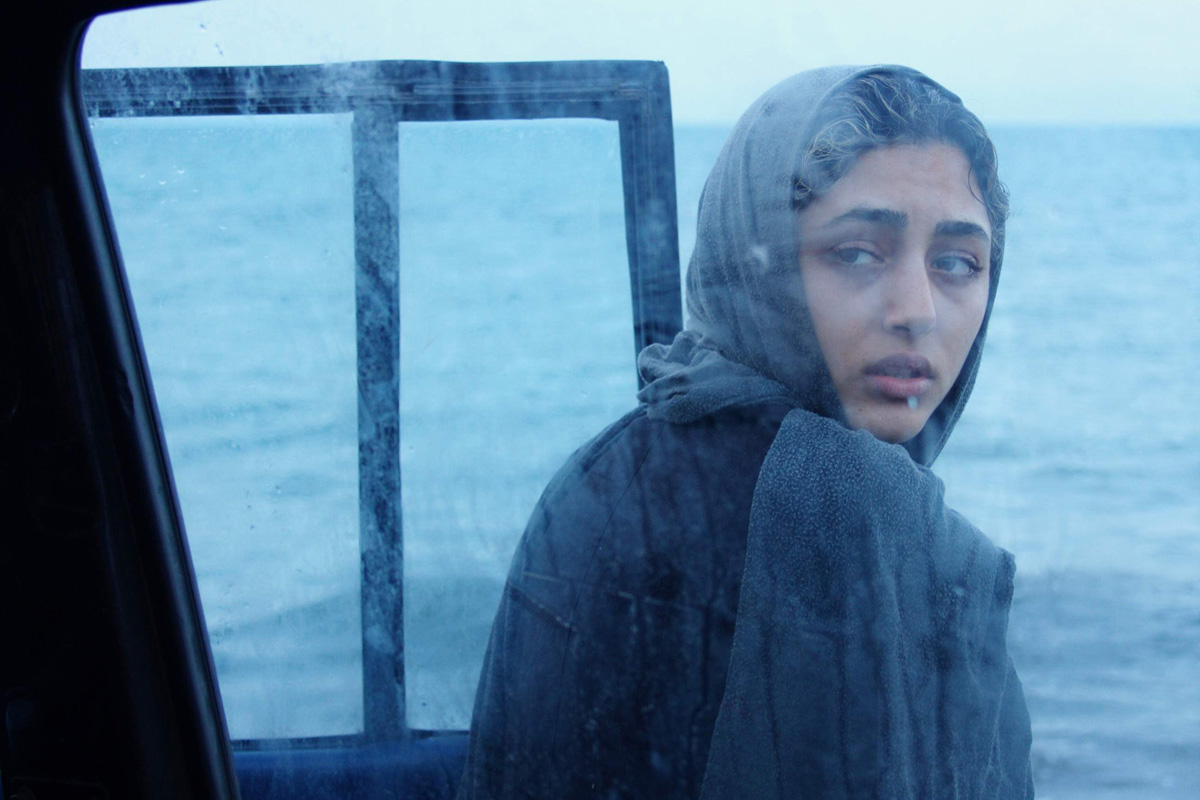
Though Farhadi has clearly denied Antonioni’s influence in his cinema, the similarities between the storylines and even some visual composition is undeniable.
Elly may be the protagonist of Farhadi’s film, but at a certain point of the story she disappears, gets lost, and either turns back to Tehran or drowns. Elly is an incomplete protagonist who leaves the story exactly the same as Anna (Lea Massari) in “L’avventura”, who after being introduced as a main character in the story, walks out of it.
The similarities between “L’avventura” and “About Elly” remain limited to the storyline while in “A Separation”, Farhadi’s use of images being blocked by an architectural element is what mainly recalls Antonioni’s approach in cinematic narration. Still, the open ending of the film quite evidently recalls “L’Eclisse” (“Eclipse”, 1962).
3. 3-Iron (2004, Kim Ki-duk)
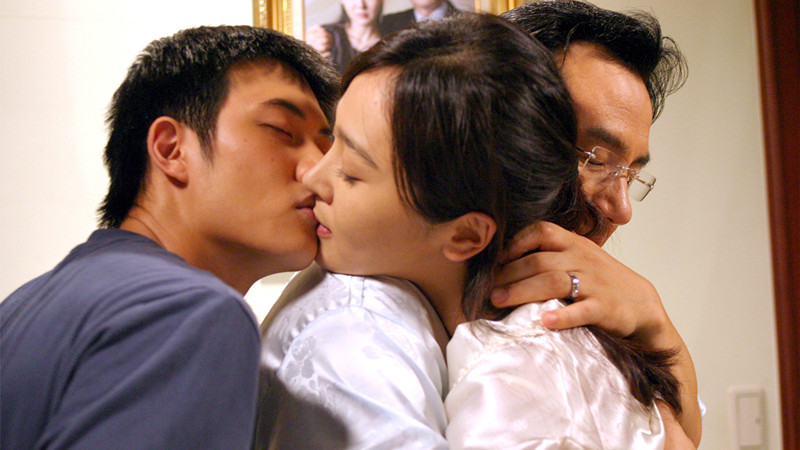
Without searching for any further similarities between Kim Ki-duk’s mode of cinematic narration and that of Antonioni, it is absolutely sufficient to recall the prison scene in “3-Iron” where the protagonist pretends to play golf with an imaginary club before the other prisoners, and starts a fight with one of the prisoners who dares to move the imaginary, non-existent golf ball; a scene with clear references to the final scene of “Blow-Up” (1966).
In this scene as well as in “Blow-Up”, the main concept of “reality” has been put to discussion; the golf club and the ball are non-existent, but nonetheless, we plainly hear the sound effect of the club hitting the ball; the same exact approach in Antonioni’s “Blow-Up”.
What underlines and confirms Antonioni’s effect on Kim Ki-duk is his interest in using architecture as a part of characterization and not merely as a visual background. In “3-Iron”, the protagonist steps inside the empty houses of people he clearly doesn’t know, but every location carries various visual details that actually are saying a lot about the absent characters. The house of the boxer is totally different from that of the photographer, and from the bourgeois decoration of the girl’s house.
Among all these houses, the one of the simple couple who don’t even close the doors is the more pleasant one, and in fact, it is there that the protagonists mostly find themselves at home. This couple once even allowed the girl to walk wordlessly inside and sleep on their couch, though they don’t know who she is.
The fact that a location can represent a character is something that is repetitively used in Antonioni’s films. One of the most noted ones can be seen at the beginning of “L’eclisse”; nothing in the house is moving.
Even the characters seem to be frozen; they don’t even blink, and the only actual motion in this motionless succession of images that belong to a small fan that turns its head around and moves paper every once in awhile. The only living thing in that house is a mechanical object – a robot. The scene wordlessly pictures an already terminated relationship.
“3-Iron” is similarly a film with the least amount of words. The main protagonist doesn’t say a word through the whole narration, and the girl’s dialogues are countable. The characters in Kim Ki-duk’s film are expressed through the locations, their choices, and their actions.
4. The White Ribbon (2009, Michael Haneke)
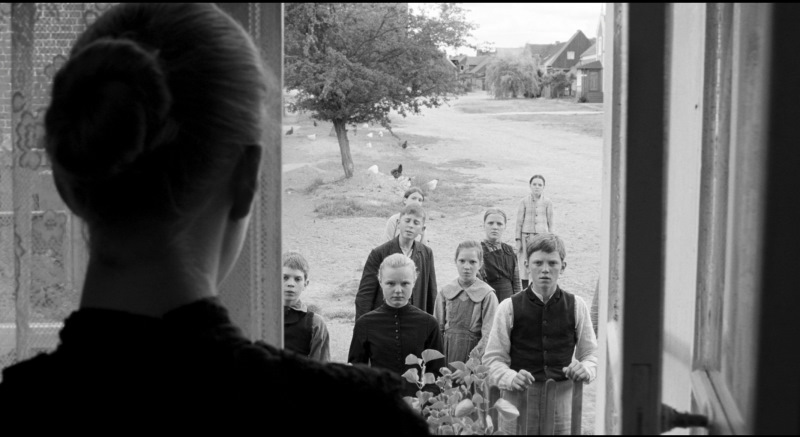
This film may have more in common with a Robert Bresson film, but what mainly recalls Antonioni’s narrative style is the fact that Haneke, as in all of his films, has questioned a fundamental narrative element of a cinematic story: the protagonist.
The fact that a voiceover narration accompanies the story gives us the impression that this is the voice of the real protagonist, while the mere purpose of the voice is documentation of the facts that had already happened. What’s interesting is that in White Ribbon, the blurred definition of protagonist and antagonist has been used.
Until the very end, the spectator tries to guess who is the hero (the good guy); it seems to be the schoolteacher (the voiceover is actually his recalling the facts many years later), or the young girl who falls in love with him, though it is never clearly spotted. The story seems to be a sort of crime story and that is exactly what makes us follow the narration; we obviously want to find out who made the doctor fall off of his horse, and who has set fire to the baron’s harvest, but each violent act is responded to by another one.
The film doesn’t explain who was responsible for the violent acts in that village, and it doesn’t even matter. Haneke is merely indicating that in real life, that very sharp line between protagonist and antagonist doesn’t exist, and that every action is a consequence of a previous one.
This very fact of playing with the fundamentals of cinematic narration is what actually brings Antonioni and Haneke together. In “La Notte” (1961), during the dance scene in the bar, the fact that the spectator, without receiving any specific information, continues to watch the scene, shows how Antonioni questions the classic mode of narration. Real life is not entertaining on its own, but to keep you watching a potentially boring scene, Antonioni films a woman who dances acrobatically with a wine glass in that bar.
The same contradictory approach can be spotted in the final sequence of “L’eclisse”; the protagonists don’t attend the final appointment. We as the spectators are there before them, waiting to see what normally takes place in a film, but in “L’eclisse”, the protagonists refuse to complete the narrative circle.
5. Primo Amore (2004, Matteo Garrone)
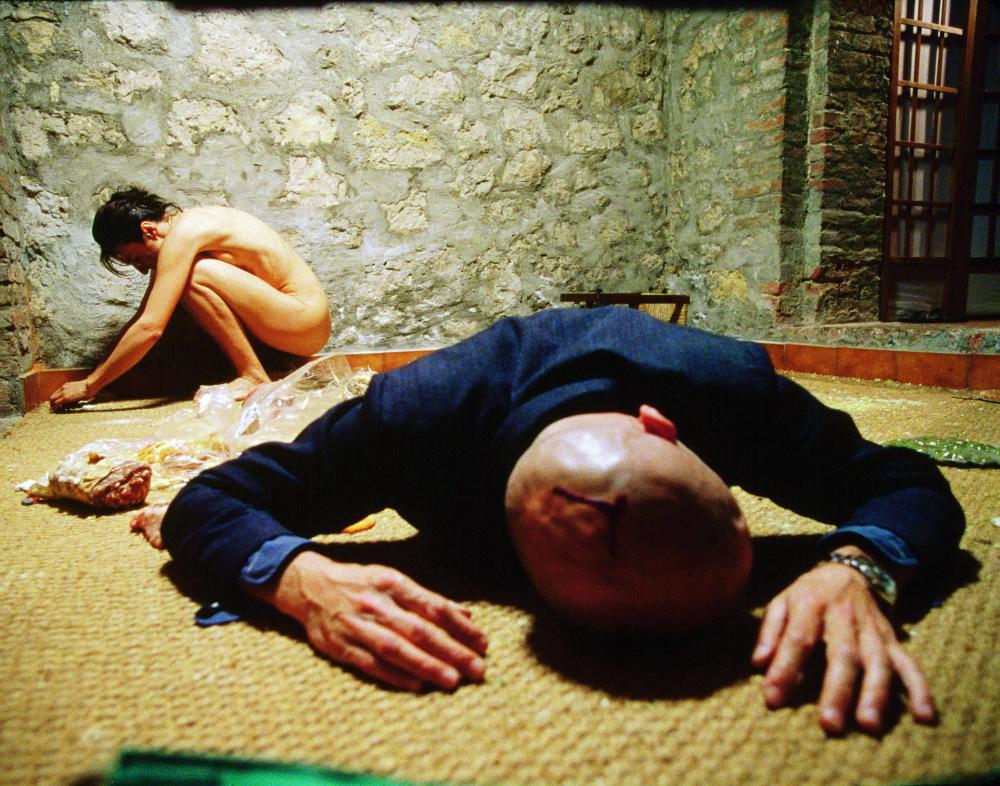
Matteo Garrone began his filmmaking career by making documentaries. In fact, his cinematic style is a combination of both expressive modes: documentary and narrative. This specification is far from Antonioni’s narrative cinematic style.
What puts Garrone on the same list as the other filmmakers, whose narrative styles in one way or another are impressed by Antonioni’s cinema, is the fact that Garrone’s mode of framing and blocking the character’s aspect recalls Antonioni’s visual compositions.
It is almost the same approach of Gus Van Sant, in keeping the character in a longer shot while closing the visual camp through blocking. The perfect example of such a method in Antonioni’s films is “L’eclisse”, where in lots of cases, the character’s aspects are covered by a column, a wall, or any other urban architectural element.
“Primo Amore” is a love story, and like all of Garrone’s films, it is in fact the story of an obsessed love. The narration is based on a character (Vittorio) who tries to adapt to the physical aspect of a girl he loves (Sonia) to his gold sculptures. He likes extremely skinny girls, but in Sonia’s case, it is her soul that he loves, so he sickly continues forcing her to lose weight to get closer to the perfect image of a woman Vittorio has in his mind.
The fact that the scene in restaurant, where the girl is begging for some mashed potatoes, turns into something tragic and dramatically powerful, proves Garrone’s skill in using documentary material in fiction.
The same method of blocking is utilized in this very scene, since from a certain point, the narration turns to a succession of points of view. Sonia, in spite of Vittorio’s disapproval, benefits from a brief moment of Vittorio staying away from her, and partially hiding from Vittorio, greedily wolfing up spaghetti.